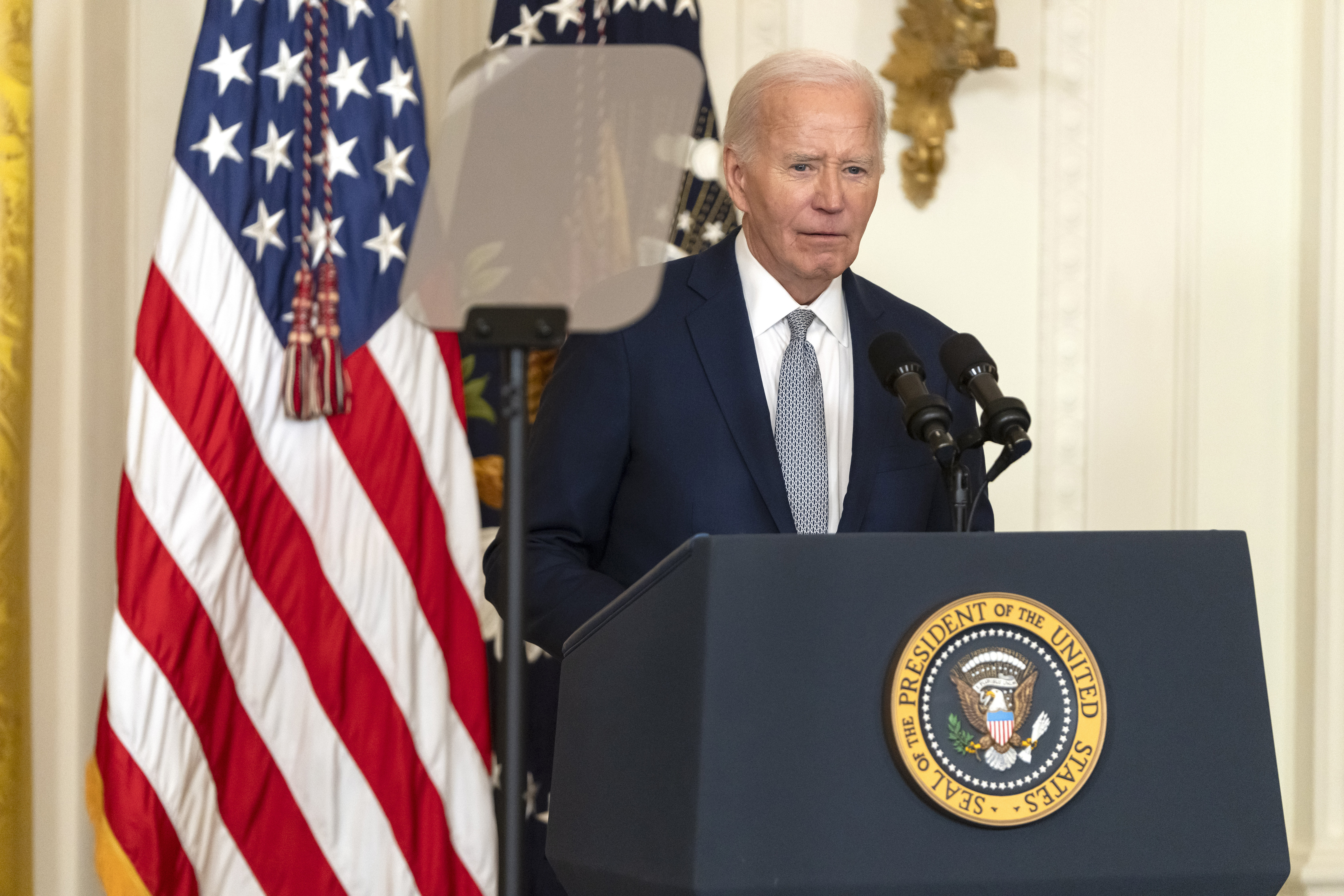Headline: Interim Mayor Ed Lee Wins Full Term with 61 Percent of the Vote.
Alternative Headline: Ed Lee Secures Full Term With 31 percent of the Vote.
Which version is correct? It depends how you see it.
Yes, by virtue of San Francisco's ranked-choice voting system, Ed Lee won the mayor's race.
Mind you, it took reassignment of the votes originally garnered by every other candidate with fewer votes to get Lee his final tally.
The computer had to go through 11 rounds of reassignments to move enough votes for someone to overcome the 50 percent plus one hurdle. Only then, did Lee have enough votes to claim victory.
Yes, democracy works in mysterious ways.
But at what cost?
Now for the story behind the headline. A poll taken in May found that 55 percent of San Franciscans had no clue about ranked-choice voting. In other words, voters had no clue about what to do. Hmmmm.
More information. This election, portrayed as the most competitive in years, drew a turnout of about 40 percent--the lowest since 1975. How could that happen with so many candidates? See the paragraph above.
How much more data do we need to throw in the towel on ranked-choice voting? Rather than promote turnout, the system would seem to impede it. And all this to avoid a runoff election.
If San Franciscans want to make their mayoral election more relevant and participatory, here's a simple suggestion: Move the election to the June primary of either a gubernatorial or presidential election year when voters are participating for all kinds of reasons.
If no candidate gains 50 percent plus one, the winner can be determined in a November run-off when turnout is likely to be huge.
And there will be virtually no additional cost because of all the other races already on the ballot.
Folks, this isn't rocket science. It's common sense.
U.S. & World
News from around the country and around the globe
Let us know what you think. Comment below, send us your thoughts via Twitter @PropZero or add your comment to our Facebook page.



